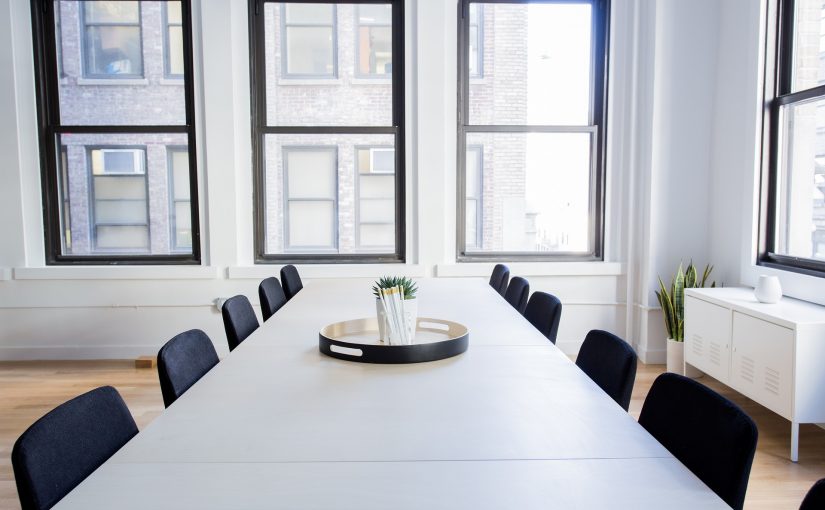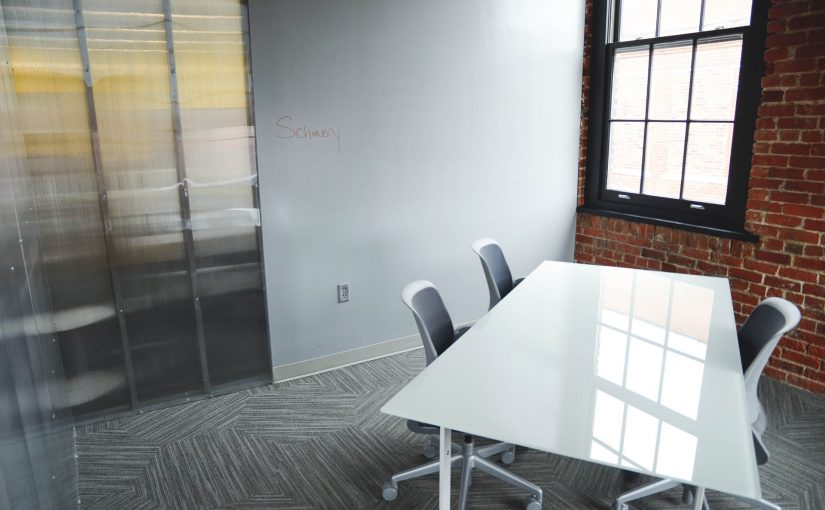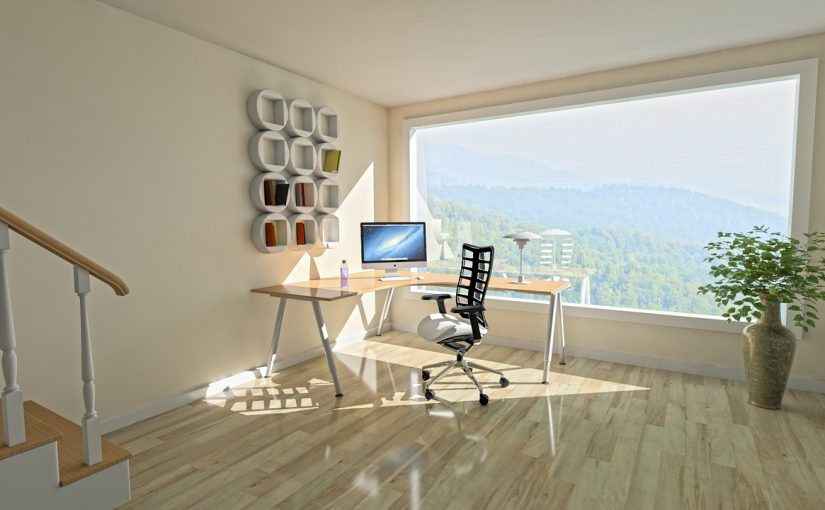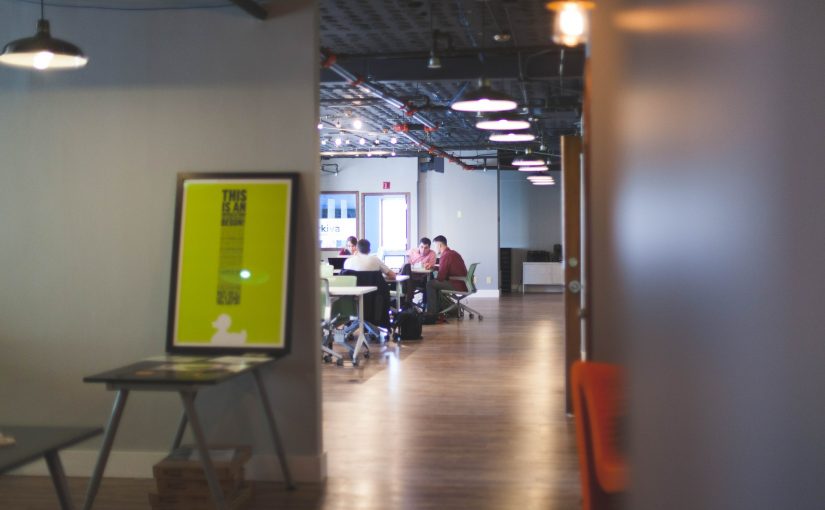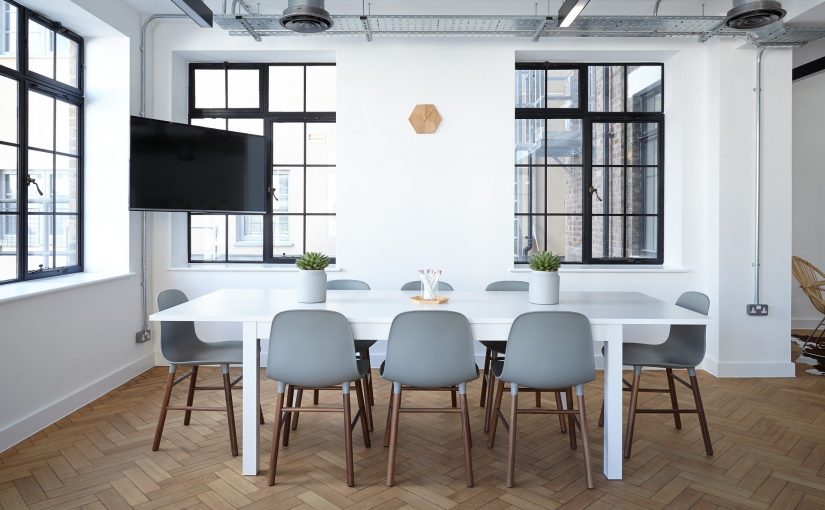If you’re like the majority of office workers in Dandenong, you likely spend long hours at your desk. According to a recent study, over half of all employed adults are sitting for 8 or more hours every day.
With that much time spent sitting, it’s essential to have an ergonomic chair that allows you to stay comfortable while working and helps prevent back pain. But what if space is limited? Investing in the right office chair for small spaces can be tricky. Read on to learn about the best chairs available so you can find one that fits perfectly into your workspace.
Evaluating The Right Size
Trying to find the right office chair for a small space is like threading a needle; complex and challenging. But, with careful consideration of size, comfort, and style you can find that perfect fit. Evaluating the right size involves more than just measurements; it’s about finding what works best for your body type and workspace requirements.
When selecting a chair for smaller spaces there are two key factors to consider: adjustability and portability. Adjustability means having control over features such as seat height, tilt tension, armrests, or headrests. On the other hand, portability refers to whether the chair has wheels that make it easier to move around when shifting from one location to another in the same room. It’s important to select an option that provides both qualities depending on your needs.
To ensure maximum productivity no matter how limited your space may be, choose an adjustable office chair that fits within your desired dimensions while still providing enough cushioning and lumbar support needed to stay comfortable during long hours of work. A good rule of thumb is to always test out any potential chairs before committing since everyone’s shape is unique and so are individual preferences. Taking the time now will save headaches down the road!
Consider Ergonomics
When it comes to finding the best office chair for small spaces, ergonomics is a key factor. It’s like taking two steps forward and one step back; if you don’t get an ergonomic design right, then your efforts may be in vain.
Ergonomics refers to how well something functions with the human body; this includes posture support, comfort levels, and adjustability of the seat height. A good ergonomic chair should encourage a healthy sitting position that minimizes pressure on both the back and neck while allowing natural movement throughout long workdays. Additionally, adjustable features such as armrests and lumbar support can provide added comfort and help maintain proper alignment.
When selecting an office chair for a tight space, take into account these important aspects of ergonomics to find one that meets your needs without sacrificing quality or style. Consider all available options carefully so you can select the perfect fit – literally!
Types Of Office Chairs
As any office worker knows, finding the best chair for a small space can be an intimidating task! Luckily, there are several types of office chairs available to suit different needs and preferences. To help you decide which is most suitable for your workspace, let’s take a look at each type in turn.
To begin with, swivel chairs offer great flexibility when it comes to maneuvering around a tight corner or reaching something just out of reach. With their adjustable height features, they make sitting comfortably easy – even if the area is small. They also come in many colors and styles so you don’t have to sacrifice aesthetics for functionality.
For those who need more back support, ergonomic or mesh chairs could be worth considering. These provide superior comfort by contouring to the body’s natural shape while reducing tension on muscles and joints, making them ideal for long hours spent working at a desk. Additionally, they often feature breathable fabrics that keep users cool throughout the day.
Making sure your home office has comfortable seating doesn’t have to be challenging – all it takes is understanding what type of office chair will best meet your needs. Whether you opt for a swivel style or an ergonomic design, exploring these options can ensure you get the perfect seat for whatever tasks lie ahead.
What To Look For In An Office Chair
When it comes to choosing the best office chair for your small space, there’s a lot to consider. It may seem like an overwhelming task at first – not unlike searching for the perfect pair of shoes. However, with some proper research and guidance, you can find the ideal fit that suits both your body and budget.
First things first: know what to look for in an office chair before making any purchases. Comfort should always be a top priority; as this is going to be where you’ll spend most of your day, so make sure it’s well-cushioned and fits snugly without causing any discomfort or pain. Additionally, adjustable features such as height and armrests are important considerations since they allow you to customize the desk chair according to individual needs. Also, don’t forget about ergonomics! Look for chairs designed specifically with posture in mind, featuring lumbar support that helps alleviate back strain during long hours spent sitting down.
Finally, take into account how much money you’re willing to invest in a good quality product. Office furniture in Dandenong isn’t necessarily expensive, if you shop around enough, you can score great deals that won’t break the bank yet still leave you feeling comfortable and supported throughout the workday. With these tips in mind, finding the perfect office chair should be easy peasy!
Consider Adjustability
When it comes to the best office chairs for small spaces, adjustability is key. Just like a tailor-made suit, an adjustable chair can be designed to fit your body perfectly. Not only does this provide comfort and support in tight quarters, but also allows you to customize your workspace without compromising on style or quality.
The ability to make changes with ease means that anyone can find their perfect setup regardless of size or shape. Whether you’re tall or short, wide or narrow, having an adjustable chair gives you the flexibility to move around while still keeping yourself comfortable. From adjusting seat height and armrests to swiveling side-to-side, there are endless configurations available so everyone can find what works for them.
Rather than settling for something off the shelf, why not create a one-of-a-kind solution? With all the options out there today, it’s never been easier to get exactly what you need – no matter how limited your space may be!
Quality Of Materials
Embrace your inner hipster and get the most out of small spaces! Quality of materials should be high on your list when considering office chairs for a tight fit. After all, what good are micro-adjustments if they’re made with substandard parts? Here’s why it matters:
1) Durability: Nobody likes having to replace furniture every few months due to wear and tear. An office chair crafted from quality materials will last much longer than one that isn’t.
2) Comfort: Not only does sitting in an uncomfortable chair make work miserable, but it can also lead to physical pain over time. A well-constructed piece will provide you with lasting comfort throughout the day.
3) Style: You don’t want your space to look like everyone else’s, do you? Investing in a stylish office chair is a great way to give any room some extra flair without sacrificing functionality or durability.
4) Maintenance: High-quality pieces require less maintenance and upkeep than those not built with care. This means fewer repairs and less money spent on replacements down the line.
It’s important to remember that there’s more to finding the right office chair than solely adjustability; material quality should always factor into the equation as well. Don’t settle for anything less than excellent craftsmanship – after all, this is where you’ll be spending most of your days! Take the time now to find something that meets both your aesthetic and functional needs so that you can enjoy years of comfortable seating (and maybe even save yourself a bit of cash).
Price And Budget
When it comes to office chairs, price and budget are two important considerations. While you don’t want to skimp on quality, you also don’t want to overspend for a chair that won’t fit in the space or meet your needs. It’s essential to find something both comfortable and affordable.
Fortunately, there are plenty of great options out there for those looking for an office chair for small spaces. You can often find good deals online, including discounts from retailers or even second-hand models that still have lots of life left in them. Checking out reviews from other customers is always a good idea since they will be able to give you reliable feedback about their experience with certain chairs.
If you’re willing to invest some time into research and comparison shopping, you’ll likely be able to find something within your budget without sacrificing too much on comfort or features. With so many excellent choices available, finding the perfect office chair for your small space doesn’t have to break the bank.
Picking The Right Fabric
Choosing the right fabric for your office chair is like walking a tightrope. On one side you want to find something that looks great, and on the other you need it to be comfortable enough for hours of sitting. Finding the perfect balance can feel overwhelming, but with some careful consideration, you’ll land on the ideal choice.
Think about how often you will use the chair – if it’s going to be an everyday seat then comfort should come first. Look for breathable fabrics such as mesh or cotton blends, in addition to padded seats and armrests. If a style is more important than function, explore velvet or suede options; they offer both beauty and softness. Make sure whatever material you choose is durable too – there’s nothing worse than having to replace your chair due to wear and tear after only a few months!
Finally, take into account any allergies before committing. Some materials are known irritants so make sure you check labels carefully and opt for hypoallergenic fabrics wherever possible. You may even be able to find chairs with removable covers which makes washing them much easier – ideal for those who suffer from dust allergies or have pets at home.
TIP: Consider purchasing two sets of covers – one stylish option for guests and another comfy cover just for yourself! That way everyone can enjoy their time in the office space without compromising on either comfort or aesthetic appeal.
Conclusion
Picking the perfect office chair for a small space can be perplexing. Packing plenty of features into a petite package is possible, with plenty of products on the market to choose from. After considering fabric options and fitting it all within budget, the conclusion comes down to one question: which chair will work best?
Weighing up what’s wanted in an office chair before making any decisions is wise. Will you need adjustable heights or armrests? Does your chosen material match the room décor? All these factors come together to form the final choice.
Ultimately, selecting a suitable seat should meet both practical needs as well as personal preferences. Comfort and convenience are paramount so take time to test various chairs until finding that ideal fit!

